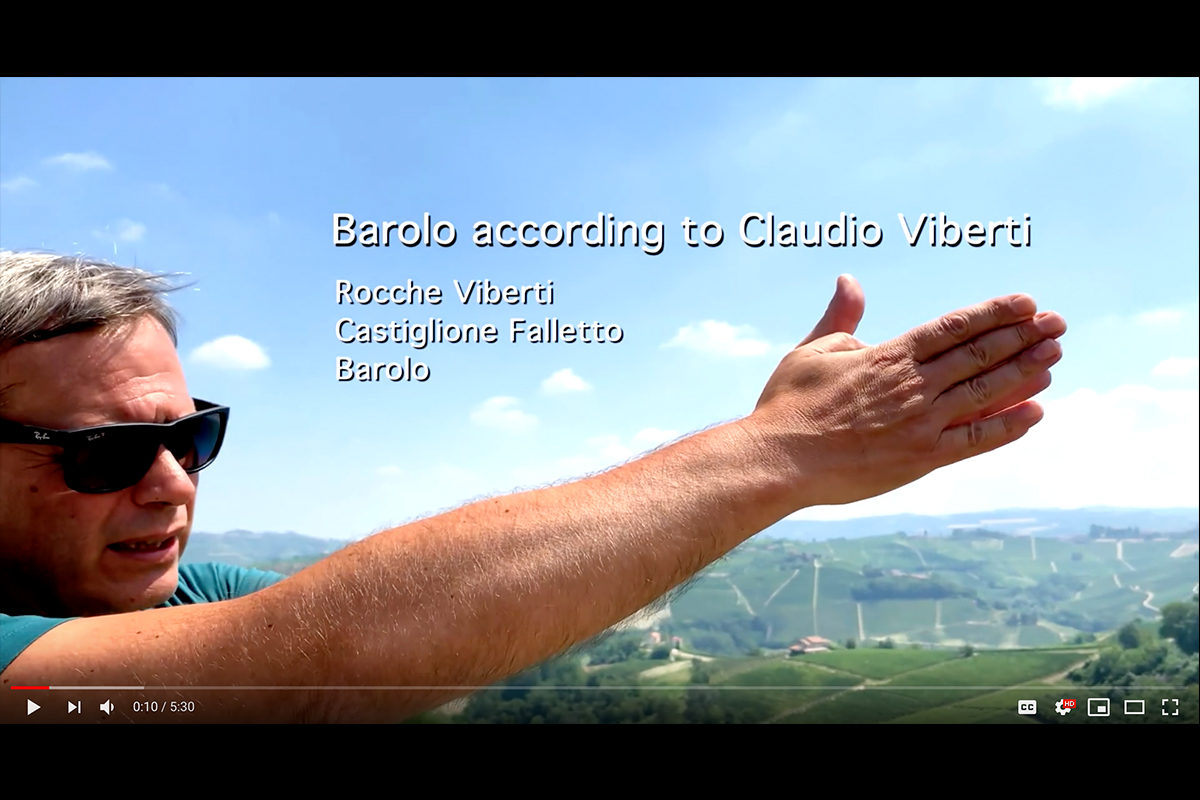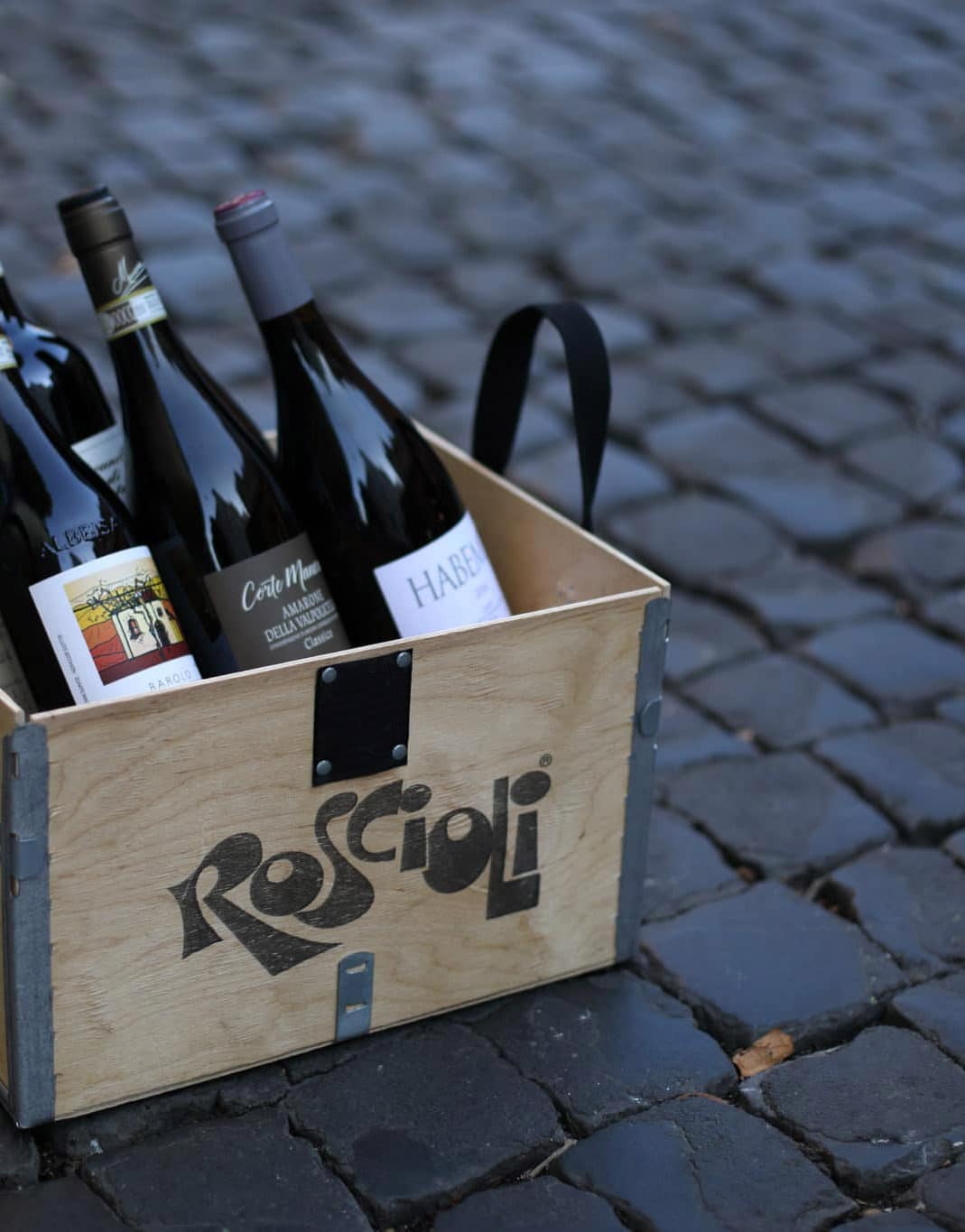On a recent scouting trip for the Roscioli Wine Club, we visited Claudio Viberti at his vineyard and asked him to describe to us his methods and his thoughts on Barolo. Be sure to turn on English subtitles for this video!
Below is a transcript translated from Italian, in the winemaker's own words.
Castiglione Falletto, Serralunga, Barolo, and La Morra.
South is there, there's always this gentle wind that comes from there and this wind protect from peronospera (downy Mildew, a fungus of the vines) but it brings the oidium (podwery mildew), that in locale dialect is called marin (from marine, the sea) so a disease brought by the sea wind you can even feel it now. Here the air is rarely still. This land was bought by my grandfather in 1946, just after WWII. My father and my grandfather used to make wine, but really few bottles most of it was sold as bulk wine or they sold the grape directly.
I started in 2002, my historical vintage and from 2002 all production is bottled all lands are from this village, Castiglione (Barolo) here Rocche (di Castiglione) and up there another piece of Castiglione and a small piece of Mariondino which is another Cru, and I also have a part of Bricco Boschis that is 1.5km from here. All is in the Village of Castiglione Falletto when the summer is so hot like now we keep the high grass to keep the soil humid temperatures are really high this year (2019).
There are producers that let the grass grow and others that not. I do a bit but surely I don't put any herbicide. Twice a year I pass with a trimmer. It is a classic Guyot, 1 mt of distance like we used to do once upon a time - now they usualy do 80 cm. Here at Rocche the soil is sandy, clear, calcareous. there's also sand so calcareous soils that make the wines here typical. Here the wines are elegant and fragrant. Where you have those light soils wines are fragrant. Less colour, less structure, but really elegant instead.
Rocche di Castiglione is considered one of the 3 premier Cru of Barolo with Brunate and Cerequio, becuase wines from Rocche are so typical and easy to recognize in a blind taste.
So I have these two Cru, Rocche and Bricco Boschis, 1.5km of distance but they are totally different because exposure is different. Here is South East... once was the best position. But now with global warming maybe not... it take the sun of the morning...
In fact we don't need to treat the vines a lot here because the morning wind dries the plants and prevent from diseases.
While Bricco Boschis is a different hill and side. It's West. It has the afternoon sun, much more clay there, so with a stronger tannin (while here tannins are softer and sweeter).
Here wines are ready to drink earlier comparing to Bricco Boschis, while there wines have more structure but less elegance. You can't have everything!
That one is the castle of Castiglione. This is the soil of Rocche, light...
Some stones too, sandstones. The last vineyard there on the ridge that's the central area of Rocche, you can easily find tuff there. When langhe were elected UNESCO heritage here in this area you can't build anything so I have some problems of space here.
This is all French oak. I think French oak is a bit more elegant than Slavonian. I buy new oak. The first passage, I keep the wine in new oak for only 3 months and then you change wine (so that it doesn't have oak flavours).
How to Host the Perfect Italian Dinner Party
Bring Italy to you with our free guide to planning and hosting the perfect Italian dinner party!
Find recipes, wine paring recommendations and other tips for a memorable evening, all curated by our team of experts - download today here:
 SEI IN ITALIA? CLICCA QUI
SEI IN ITALIA? CLICCA QUI 


